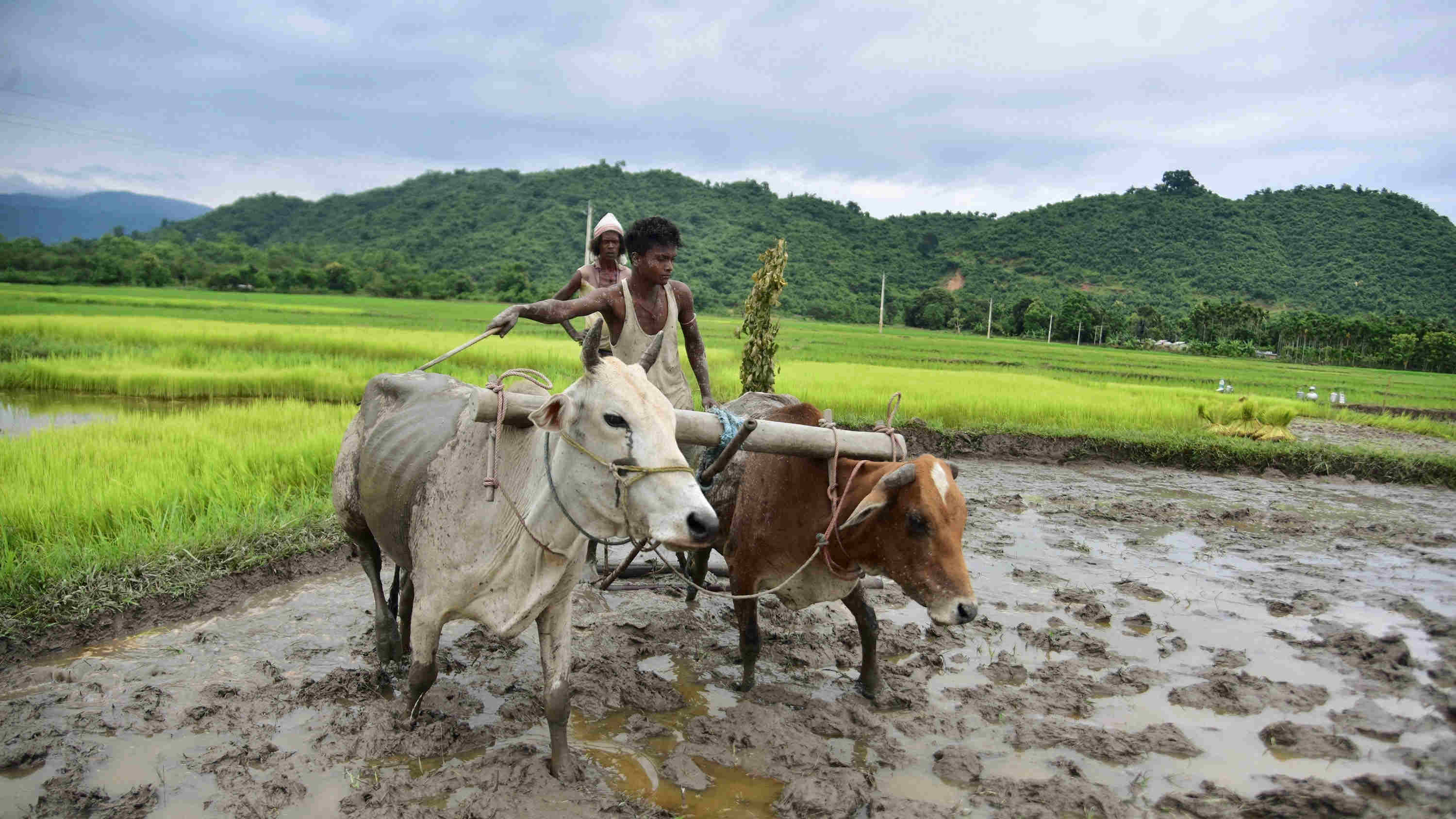The prime minister has announced, as part of continuing economic interventions to stimulate recovery from the recessionary trends, an agricultural infrastructure fund to the tune of one lakh crore spread over four years in the form of soft loans. These loans will have a 3 per cent interest subvention and a credit guarantee of up to two crore rupees. The initial tranche of Rs 10,000 crore has been released for this year, to be followed by additional tranches of Rs 30,000 crore each for the next three years. Eleven banks have signed up to be part of this lending process. The beneficiaries are expected to be primary agri-credit societies, farmer-producer organizations, start-ups and agri-tech businesses. The projects funded are supposed to improve post-harvest management of the distribution and storage network, such as cold chains, collection centres and warehousing facilities. It will reduce wastage and help farmers get a better price for their produce. The government anticipates that growth in these facilities will generate additional employment and enhance post-harvest value addition.
There is little doubt that Indian agriculture lacks an efficient supply chain. The small farmer hardly ever benefits from fair prices at the first point of sale. When supplies are low, they cannot hold on to their produce because of the lack of storage facilities. If there is a good harvest, they try to sell as fast as possible expecting prices to fall further when sales gather momentum. In either case, they are deprived of the margin that markets eventually provide to the final sellers. The key question is whether this package will help the small and marginal farmers in the short run on the doubtful assumption that there will be many takers of these loans.
There is an important issue that might prevent the poorest of the poor in agriculture from benefiting from this fund. Initially, when these additional services come into being, food prices will rise to take care of the costs of running modern technology-driven collection centres or cold chains. In other words, the average price of food will increase. Gradually, as wastage is reduced, the supply-side effect will come into play, and prices might soften. This will not benefit farmers directly unless they can ensure, through collective bargaining, a fair share of the new profits generated in the system. Such investments are more likely to be made by corporates and young, tech-savvy entrepreneurs. Poor farmers are incapable of handling these complex projects. They can neither turn into modern entrepreneurs, nor will they be able to extract a price advantage even if there is significant investment in these services. The fundamental issue of introducing a soil-conserving, productivity-enhancing, environment-friendly technology for the benefit of small and marginal farmers remains unaddressed. Hence the gains from growth in Indian agriculture will be confined to the corporate sector.










